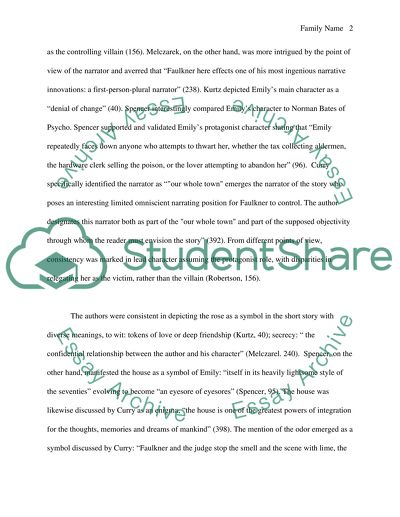Cite this document
(“Literary Analysis for A Rose for Emily Research Paper”, n.d.)
Retrieved from https://studentshare.org/literature/1417709-literary-analysis-of-a-rose-for-emily
Retrieved from https://studentshare.org/literature/1417709-literary-analysis-of-a-rose-for-emily
(Literary Analysis for A Rose for Emily Research Paper)
https://studentshare.org/literature/1417709-literary-analysis-of-a-rose-for-emily.
https://studentshare.org/literature/1417709-literary-analysis-of-a-rose-for-emily.
“Literary Analysis for A Rose for Emily Research Paper”, n.d. https://studentshare.org/literature/1417709-literary-analysis-of-a-rose-for-emily.


